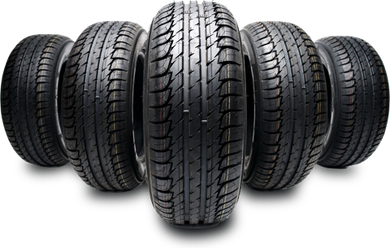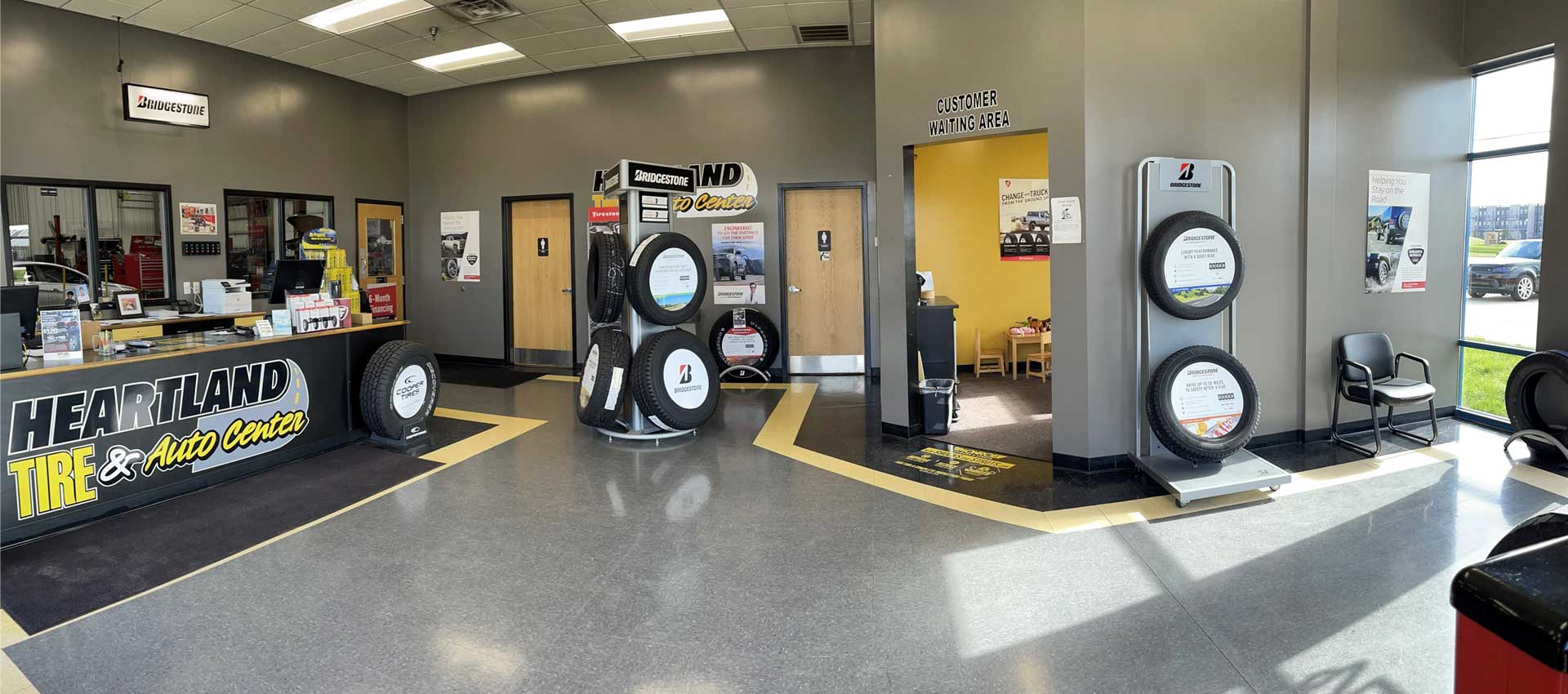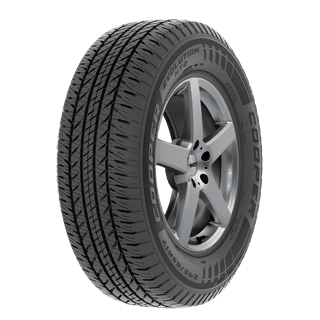Tire Service: Recognizing Tire Stress Tracking Systems
Understanding Tire Stress Surveillance Equipments (TPMS) is a crucial aspect of keeping ideal lorry efficiency and safety and security on the road. With improvements in automobile modern technology, TPMS has actually become a typical attribute in modern-day vehicles, offering real-time details on tire pressure levels.

Importance of TPMS
The significance of Tire Pressure Surveillance Solutions (TPMS) depends on their capability to improve automobile safety and security and efficiency through real-time monitoring of tire stress degrees. Preserving the appropriate tire pressure is essential for guaranteeing optimal handling, braking, and total safety of a car. TPMS provides chauffeurs with instant comments on any kind of underinflated or overinflated tires, enabling for timely modifications to be made.
Components of TPMS
Making up different crucial aspects, a Tire Pressure Monitoring System (TPMS) operates as a sophisticated security attribute in modern cars. The main components of a TPMS consist of sensors, a control component, and a caution sign. Sensing units are usually situated in the tire shutoff stem or affixed to the wheel setting up, where they gauge tire pressure and transfer information to the control component. If it discovers substantially low pressure in any of the tires, the control module procedures this details and triggers a caution. The caution indicator, often an icon on the control panel, informs the vehicle driver to check the affected tire or tires. Some progressed TPMS models additionally present the real tire stress readings for each tire, providing chauffeurs with real-time info to guarantee optimum tire performance and safety. By monitoring tire pressure continuously, TPMS helps avoid accidents, lowers tire wear, and improves fuel efficiency, making it a crucial component for vehicle security and efficiency.
Kinds of TPMS

On the other hand, indirect TPMS relies upon the car's wheel rate sensing units to monitor tire stress. This system spots underinflation by comparing the rotational rates of the wheels. Indirect TPMS is much less pricey than direct TPMS, as it utilizes existing sensing units within the car.
While direct TPMS uses extra exact analyses, indirect TPMS is easier in style and normally calls for less upkeep. Both systems have their benefits and constraints, and the choice between them frequently depends upon aspects such as price, lorry make, and personal choice. Recognizing the distinctions in between these two sorts of TPMS can assist Full Article car owners make educated choices relating to tire maintenance and security.
TPMS Upkeep Tips
Conduct routine checks on the tire pressure degrees and contrast them with the TPMS readings to guarantee they are regular. Throughout tire rotation or replacement, make sure that the TPMS parts are dealt with carefully to prevent any kind of potential damages. If the TPMS advising light brightens on the dashboard, this website address the issue immediately by checking the tire pressures and the general system for any kind of mistakes.
Benefits of Proper Tire Stress
Keeping proper tire stress, as emphasized in TPMS Upkeep Tips, is crucial for reaping the countless benefits related to optimum tire stress degrees. Among the primary advantages of preserving the proper tire stress is boosted gas effectiveness. When tires are effectively blown up, there is much less rolling resistance, leading to far better gas economic climate. Additionally, proper tire pressure guarantees even tire wear, prolonging the life-span of the tires and promoting more secure driving conditions. With the best tire stress, lorries likewise have much better handling and traction, especially in adverse weather. This can improve overall driving efficiency and safety for the vehicle driver and passengers. Moreover, preserving optimal tire stress can add to a smoother and extra comfy ride by minimizing vibrations and noise brought on by underinflated tires. Finally, the benefits of proper tire pressure surpass just tire durability; they encompass improved gas effectiveness, improved safety and security, far better lorry efficiency, and total driving comfort.
Verdict
In conclusion, comprehending tire stress tracking systems (TPMS) is crucial for preserving ideal tire stress and guaranteeing lorry safety. By recognizing the relevance you can try here of TPMS, being familiar with its elements, knowing the different kinds readily available, adhering to correct maintenance tips, and recognizing the benefits of preserving correct tire pressure, drivers can improve their driving experience and lengthen the lifespan of their tires. Proper tire stress is crucial to effective and safe car procedure.
